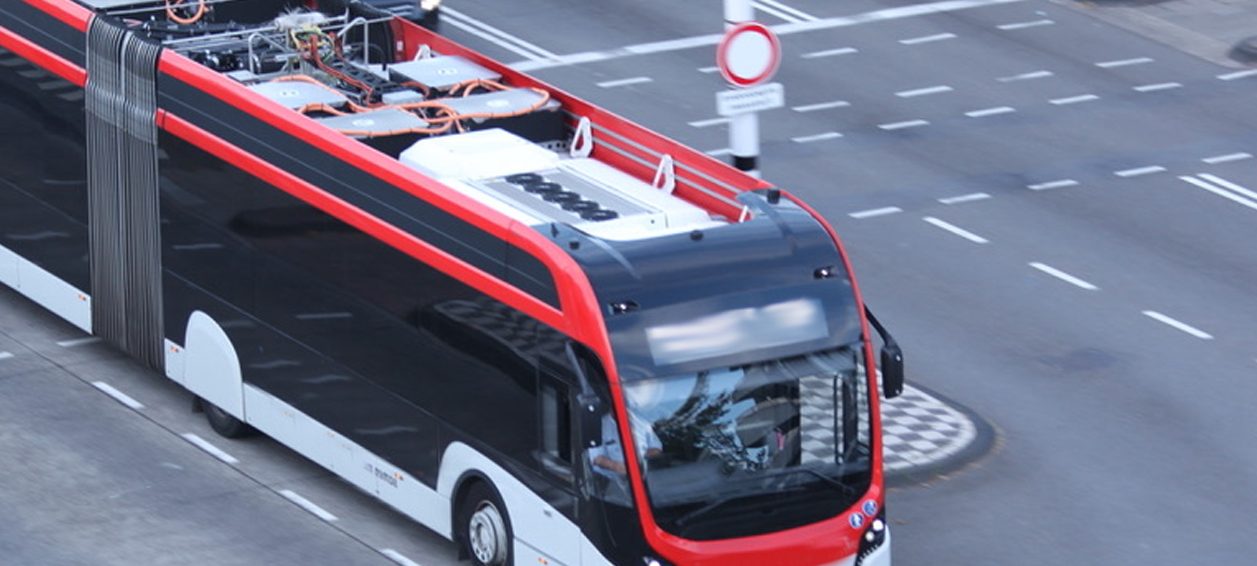The case for faster battery electric bus charging is obvious en-route. If the driver is waiting, or only has a set break period, getting as much energy into the vehicle battery as possible as fast as possible maximises the possible range.
On a depot the choices are a bit more complicated. Faster charging can mean using fewer, more powerful chargers, but more movements around the depot as vehicles are moved between chargers and storage for example. There are several factors to consider for faster or slower charging on depots which are discussed here. Our expertise and ChargeSim analysis tools can help you find the right balance between these factors.
Benefits of Fast Charging on Depot
- Faster Turn Around Time for Vehicles. If the vehicles are only charged overnight, this usually isn’t an issue. The chargers need to be powerful enough to charge in the available time. If future schedule changes may need more dispatches per day, or shorter turn around times, more powerful chargers can allow more flexibility.
- Reduced Run Time for Ancillary Systems. While charging, buses and other vehicles will usually need to run fans, cooling pumps for the batteries and other systems. This consumes energy and adds wear to the systems, eventually adding maintenance costs.
- Potential Electricity Cost Savings. For many locations, off-peak power and energy tariffs can be much lower than peak tariffs. It can make sense to charge faster, so you can do more charing in cheaper off-peak periods. If your utility has demand response, or variable tariffs, faster charging can let you take more advantage of low cost time windows.
Benefits of Slow Charging
- Less Chargers, Transformers, Grid Connection Required. Lower peak powers mean smaller chargers and the transformers and grid connections to support them. This translates into lower capital and operating costs.
- More Efficient. Slower charging is done at more efficient lower currents. The resistive losses in wiring are related to the square of the current. (I2R) Charging twice as fast will require twice the current, and have quadruple the resistive losses.
- Better for Battery Life. Faster charging can reduce the battery life. The impact of a given charge power will vary with the specific battery chemistry, though typically a charge power which can charge the battery in <1.5 hours will reduce battery lifetime.
With Switching and Dynamic Charging you can connect more than one dispenser to a charger, and electronically control which vehicle gets the available power. This can allow installation of fewer, faster chargers, without needing to move vehicles. This can offer many of the benefits of fast charging with the smaller grid connection and lower costs of smaller chargers. Switching and Dynamic charging need to be planned carefully to work with your layout for the best performance.
Selecting the size and speed of chargers to install requires balancing several considerations. Wise charging can help you find the right balance for your depot to ensure the right balance of cost and capabilities. Our ChargeSim tool can help analyse and validate a range of scenarios.
This blog post is intended for general information only and may not be applicable in all cases. Wise Charging BV makes no warranties and accepts no liability for information provided in blog posts.

